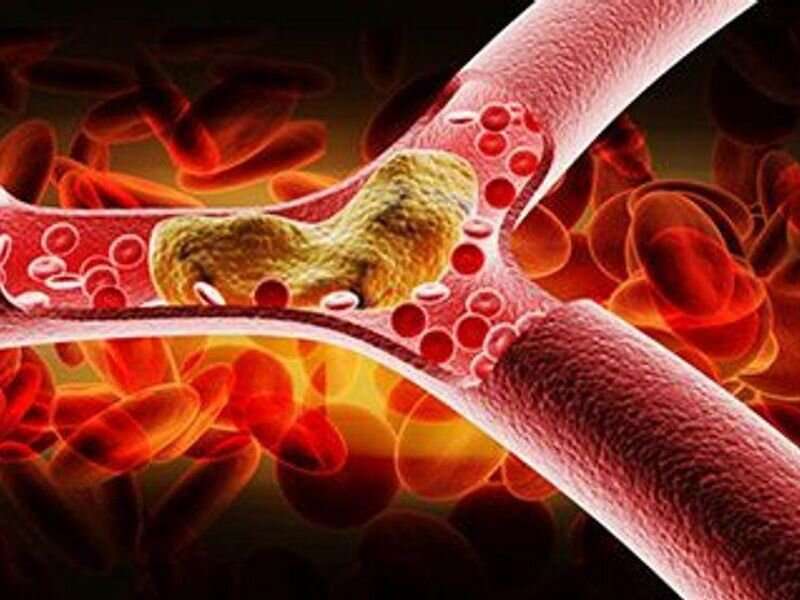
(HealthDay)—Clinical outcomes did not differ according to selection by noncontrast computed tomography (CT), computed tomography perfusion (CTP), or magnetic resonance imaging (MRI) of patients for proximal anterior circulation mechanical thrombectomy in the extended time window, according to a study published online Nov. 8 in JAMA Neurology.
Thanh N. Nguyen, M.D., from Boston Medical Center, and colleagues compared 90-day clinical outcomes of stroke patients with late-presenting large-vessel occlusion selected for mechanical thrombectomy by noncontrast CT (534) versus CTP (752) or MRI (318).
The researchers found that after adjusting for confounders, there was no difference in 90-day ordinal modified Rankin Scale shift between patients selected by CT versus CTP (adjusted odds ratio [aOR], 0.95; 95 percent confidence interval [CI], 0.77 to 1.17; P = 0.64) or CT versus MRI (aOR, 0.95; 95 percent CI, 0.8 to 1.13; P = 0.55). For patients selected by CT versus CTP, the rates of 90-day functional independence were similar (aOR, 0.90; 95 percent CI, 0.7 to 1.16; P = 0.42), but rates were lower in patients selected by MRI than in those selected by CT (aOR, 0.79; 95 percent CI, 0.64 to 0.98; P = 0.03). Patients in the CT and CTP groups more often had successful reperfusion versus the MRI group. There were no significant differences in symptomatic intracranial hemorrhage or 90-day mortality between the groups.
“These findings have the potential to widen the indication for treating patients in the extended window using a simpler and more widespread noncontrast CT-only paradigm,” the authors write.
Source: Read Full Article
